From what I've read it is a design based distinction; the developers shouldn't worry about the individual screens they are deploying to, and should use dp within the application to make it as portable as possible across the different android devices.
For designers of assets the display size and sharpness of image are more important, and the dpi distinction is the one that matters to them.
For more information check out this article/e-book written by a google engineer:
http://sebastien-gabriel.com/designers-guide-to-dpi/
In particular check out the section "The PPI Configuration". Quote from the article:
Anything non-print uses pixel sizes regardless of the initial PPI configuration... PPI configuration in software is a printing legacy. If you design only for the web, PPI won't have any influence on the size of your bitmap.

